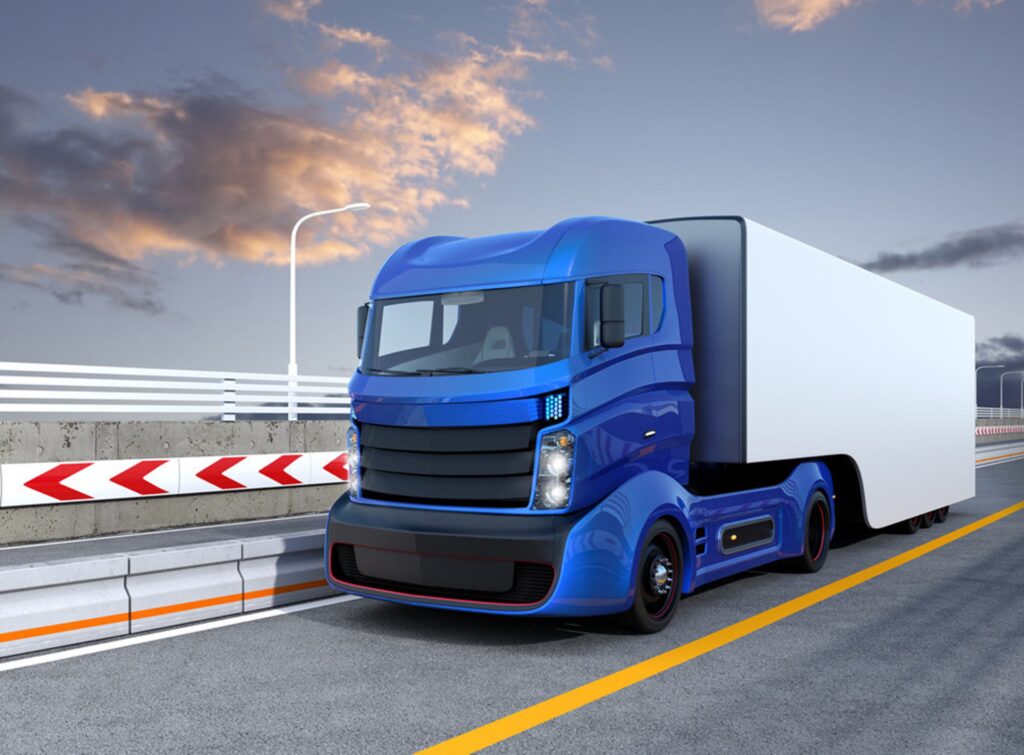Autonomous Truck Sales to Reach 1.1 Million Units By 2040 in North America and Europe

OEMs will need to exhibit agile strategies to support AV technologies through alliances and acquisitions, says Frost & Sullivan
Frost & Sullivan’s recent analysis, Opportunities and Use Cases for Autonomous Trucking, Forecast to 2040, maps the autonomous technology roadmap and market trends in the two leading regions: North America and the European Union. Level 1 features are predominant in the medium and heavy commercial vehicle (MHCV) segment, with an estimated 45% penetration. The commercial launch of Level 2 features started this year. By 2030, Level 4 autonomous trucks will account for transportation of ~6.4% of general freights by ton-miles in the United States, leading to savings of $4.75 billion in annual freight costs.
Driven by the regulatory stimulus, Level 1 and Level 2 features are expected to grow exponentially to reach estimated cumulative sales of 1.1 million units (penetration of 88%) by 2040. Level 4 trucks are expected to be commercialized post-2025 in countries spearheading autonomous mobility transition with progressive government policies, innovation, infrastructure, and societal acceptance.
For further information on this analysis, please visit: http://frost.ly/4f7
“Long haul is expected to see an imminent increase in autonomous trucks after 2025, whereas progress in an urban application will be similar to that of the passenger vehicles segment,” said Jagadesh Chandran, Automotive & Transportation Research Analyst at Frost & Sullivan. “Autonomous trucks require extensive mapping and analysis of geographic, static, and dynamic traffic data along with developments in the storage and broadcast channels for cooperative and precise functioning.”
Chandran added: “Due to the COVID-19 pandemic, the trucking industry faced issues such as driver shortage and surge in commodity demand triggered by panic shopping. Autonomous trucks offer a solution to mitigate such scenarios by being safe, less human-dependent and with the capability to operate continuously for longer durations.”
OEMs and players in the trucking industry can remain competitive in the transforming landscape by tapping these growth opportunities:
- Develop ecosystems that support Autonomous Vehicle technologies through alliances and acquisitions of players with domain expertise, as the industry faces a monetization opportunity shift from an OEM centric model to multi-stakeholder model. Invest in machine learning and artificial intelligence, research and development (R&D), support regulatory framework and infrastructure development Companies need to focus in these areas for faster commercialization of autonomous trucks.
- Provide new solutions, such as product liability, cybersecurity, data sales, or infrastructure insurance, to help overcome current obstacles to autonomous truck deployment.
- Collaborate with all involved stakeholder in the development of a liability framework plan for the application of autonomous trucks.
- Develop Autonomous Vehicle businesses in uses cases that offer immediate scope for implementation and offer autonomous service solutions around freight transportation model.
Category: AUTONOMOUS, Connected Fleet News, Featured, General Update, Management, News, Vehicles










